The 2024-2025 Supreme Court term was a consequential one for K-12 public education. The Court considered the legality of religious charter schools (Oklahoma Statewide Charter School Board v. Drummond), the rights of students with disabilities to access a public education (A. J. T. v. Osseo Area Schools), and whether parents should be allowed to opt their children out of lessons or access to curriculum material that conflicts with their religious beliefs (Mahmoud v. Taylor).
In this piece, we invited experts on education law and policy to share their reactions to the Supreme Court’s recent decisions this term.
A Court enthralled with the Free Exercise Clause
There is a way to characterize the results in the three Supreme Court cases this term touching most directly on K-12 public education in minimalist fashion. Let’s begin there.
In AJT v. Osseo School District (2025), the Court held that parents of students with disabilities who sue public schools for discriminating against their child in violation of federal disability rights laws must prove no more than what litigants would have to prove in other disability discrimination contexts. This holding is logical, unsurprising, and consistent with Supreme Court rulings in recent years that affirm the rights of students with disabilities and eliminate administrative legal hurdles in their path (see Endrew F. and Fry in 2017, and Perez in 2023).
Staying with the minimalist approach, in Mahmoud v. Taylor (2025), the Court ruled that the disallowing parents the ability to opt their children out of LGBTQ+ inclusive curriculum violated parents’ rights to religious free exercise under the First Amendment. The Court’s ruling does not prohibit public schools from adopting inclusive curriculum on LGBTQ+ issues or any other topic, nor does it disturb the basic equal protection principle that public schools must treat all students equally. Parents have long had the ability to opt their children out of various school curricula and activities, so in a sense, Mahmoud simply attaches more finely polished First Amendment armament to an existing right.
Finally, in Oklahoma Statewide Charter School Board v. Drummond (2025), the Court issued a one-sentence per curiam (unauthored) opinion announcing that it was “equally divided” (due to Justice Amy Coney Barrett’s recusal from the case). The 4-4 deadlock thus affirmed a prior Oklahoma Supreme Court ruling prohibiting what would have been, for the first time in modern U.S. history, the establishment of a religious public school.
And yet. When we remove our minimalist blinders, one can’t help but be deeply troubled by what the two latter cases involving religion portend for the future. There’s language in the majority opinion in Mahmoud that signals the Court’s desire to resist a growing perception–fueled in part by the Court’s own, still-recent rulings sanctioning same-sex marriage and prohibiting discrimination against LGBTQ+ employees–that LGBTQ+ equality is a normative value in American law and society. And, but for Justice Barrett’s recusal in Drummond, the Court almost certainly would have approved the establishment of a public school run by the Catholic Church.
Running through Mahmoud and the oral argument in Drummond are signs that this Court continues to be enthralled by the Free Exercise Clause–to such an extent that it is willing elevate religious rights above other constitutional interests, including the separation of church and state and equal protection. These signs, I fear, spell deep trouble for public education and the rights of students in ways that will be revealed by the Court over the next couple of years.
What Drummond and Mahmoud mean for the future of public education
Public education survived what risked being the most painfully consequential decision in half a century in Drummond—or at least survived to fight another day—while suffering a stiff smack on the hand in Mahmoud.
With Drummond, forcing states to approve religious charter schools would have delivered control over what it means to be a public school into private hands. Taxpayers would have to pick up the bill for religious schools but have no control over what those schools teach or whether all students have equal access to them. Publicly funding religious schools would also radically reshape funding for public schools. Religious schools that have long operated on tuition may shift their costs onto taxpayers, and many new religious charter schools would surely open. States would face either increasing taxes or cutting the already-too-small education pie into smaller and smaller pieces. The consequences of religious charter schools are important to understand, since the question will almost certainly come before the Court again in the coming years.
Mahmoud is trickier. The threshold question was whether the school’s LGBTQ+ books and curriculum burden parental rights. Prior precedent would have said no, but courts have been exceedingly stingy in recognizing burdens on parental rights and exceedingly deferential on the related matter of school curriculum and the possibility of censorship—almost to the point of absurdity. Whatever you think of the parental burdens issue, we were long overdue for an update on where the Court stands vis-à-vis curriculum. The problem for the Court has been how to draw a line that does not micromanage local school decision-making. It remains unclear where exactly the line on parental burden is now, but it is clear the court lowered the bar for establishing religious burden. That means schools can expect new challenges on topics like vaccine requirements, absences, and student codes of conduct.
Regardless, schools are still free to promote inclusive values and curriculum. And to be clear, the Court did not give students license to harass others based on religious beliefs. Schools can and should continue to prohibit and punish inappropriate behavior—and stick to their values.
The burdens and complexities of parental opt-outs
Parents have often challenged classroom curriculum that conflicts with their family’s values and beliefs. For example, in the past, parents have requested that their children be able to opt out of lessons about Black History Month, evolution, and ethnic studies requirements. Federal courts have often rejected parental challenges to the curriculum or requests to opt-out, reasoning that mere classroom exposure to lessons that conflict with parents’ religious beliefs does not prevent them from raising their children in a way that aligns with their family’s values. For instance, if parents objected to a book that depicts interracial marriage, they would be able to teach about marriage from their own perspective at home. Likewise, even though public schools teach that the earth is round, it would not stop parents from explaining that their religion teaches that the earth is flat.
In Mahmoud v. Taylor, the Supreme Court decided that public schools must allow parents to opt their children out of lessons if the discussions conflict with their religious beliefs. Parents in this case took issue with a school policy that did not permit them to opt their children out of lessons featuring LGBTQ+ inclusive storybooks. The Fourth Circuit ruled against the parents. However, in a 6-3 decision, the Supreme Court granted the parents’ motion for a preliminary injunction, finding that the district’s policy of not allowing parents to opt out infringed upon their free exercise rights. As a result, schools will need to provide notice and opt out opportunities for books, films, and other classroom content that may conflict with parents’ religious beliefs. Notably, this decision focuses on opt-outs and not LGBTQ+ inclusive curriculum in general. Thus, schools can continue to include inclusive curriculum while allowing parents the choice to opt out based on religious belief. This also means that the implications of this opinion extend beyond LGBTQ+ storybooks. After all, free exercise rights do not apply differently when gender is at issue.
In other words, given the Court’s ruling, parents will have more leeway to opt their children out of classroom content that conflicts with their religious beliefs. Indeed, parents may demand opt outs for their children when the Bible is discussed or when a teacher includes a book about World War II during a social studies lesson. In the end, allowing families to opt out for religious-related beliefs will increase administrative burden for schools while teachers cater to various parents’ religious beliefs.
State lawmakers can guard against a future with religious charter schools
This term, the Supreme Court heard oral arguments in St. Isidore of Seville Catholic Virtual School v. Drummond and Oklahoma Statewide Charter School Board v. Drummond. These consolidated cases addressed whether the state of Oklahoma would be forced to open the nation’s first religious charter school. The St. Isidore of Seville Catholic Virtual Charter School would have been funded by taxpayer money but run by two local Catholic churches. However, the Court issued a split 4-4 decision that upheld the Oklahoma Supreme Court’s ruling against the school. Justice Amy Coney Barret recused herself from the case. Her former employer, the University of Notre Dame, runs a law clinic representing the school.
While states received a reprieve, they are on notice. In the future, the Court will probably hold that prohibitions against religious charter schools violate the Free Exercise Clause. Such a holding would be profound. Even though charter school laws define them as “public,” most states require these schools to be independently operated. Therefore, a finding that charter schools are “private” entities could force states to open religious charter schools. A finding that charter schools are private for religion purposes would also raise important constitutional questions concerning free speech, search and seizure, equal protection, and due process.
Even more, a decision greenlighting religious charter schools could drain funding from public schools. Rural school districts should be especially concerned. These districts educate about 20 percent of the country’s public-school students. Due to declining enrollments, rural schools have been forced to “make significant cuts, merge operations with each other, and even shut down completely.” Religious charter schools would undoubtedly create even more pressure on these districts.
To guard against the significant consequences of a future ruling in favor of religious charter schools, states should consider developing laws that guarantee that charter schools are public entities for all constitutional matters. Suzanne Eckes and I wrote that states could do so by amending their laws to convert the entities running them into government-created and -controlled corporations. States could also develop approaches that manage the scope of charter school programs in threatened school districts.
The Court is creating more challenges for public schools
Public education is under attack—from the expansion of universal private school choice programs that are siphoning monies away from already cash-strapped public schools to the Trump administration’s efforts to dismantle the federal education department and the recent withholding of Congressionally mandated federal school funding. And the Drummond and Mahmoud decisions indicate that the Court is more likely to accelerate attacks on public education than to forestall them.
Both Drummond and Mahmoud, along with other recent decisions of this court—e.g., Kennedy v. Bremerton School District (a ruling in favor of a high school football coach who was fired from a public school for leading postgame prayers) and Carson v. Makin (which struck down a Maine law prohibiting the use of public funds for religious schools)—are evidence of rapidly eroding divides between religion and public life.
Public schools narrowly avoided catastrophe with the split 4-4 decision in Drummond, but the question of religious charter schools will almost certainly come before the Court again—and under more favorable conditions. Religious charter schools would have major implications for the health of our public education system, the charter school sector, and education funding.
With Mahmoud, the Court ruled that parents should be allowed to opt their children out of school curriculum and programming that conflicts with their religious beliefs. Where future courts will draw the line between legitimate and illegitimate concerns remains to be seen. But what we do know is that this decision adds another layer of costly complexity to the already challenging landscape that school districts are facing given the rise in statewide universal private school choice programs, enrollment declines, and budget shortfalls.
Worse, the Mahmoud decision will undermine local efforts to make school programming and curriculum more pluralistic and inclusive. As Justice Sotomayor pointed out in her dissent, because school districts are resource-constrained and risk-averse, “schools may instead censor their curricula, stripping material that risks generating religious objections.” And we’ve seen this happen before. After the wave of anti-critical race theory state laws in 2021 and 2022, many teachers reported preemptively changing their instruction in the face of potentially costly conflict.
At a time when schools are in dire need of more resources and support, the Court has added only more challenges to their plate.
The Brookings Institution is committed to quality, independence, and impact.
We are supported by a diverse array of funders. In line with our values and policies, each Brookings publication represents the sole views of its author(s).
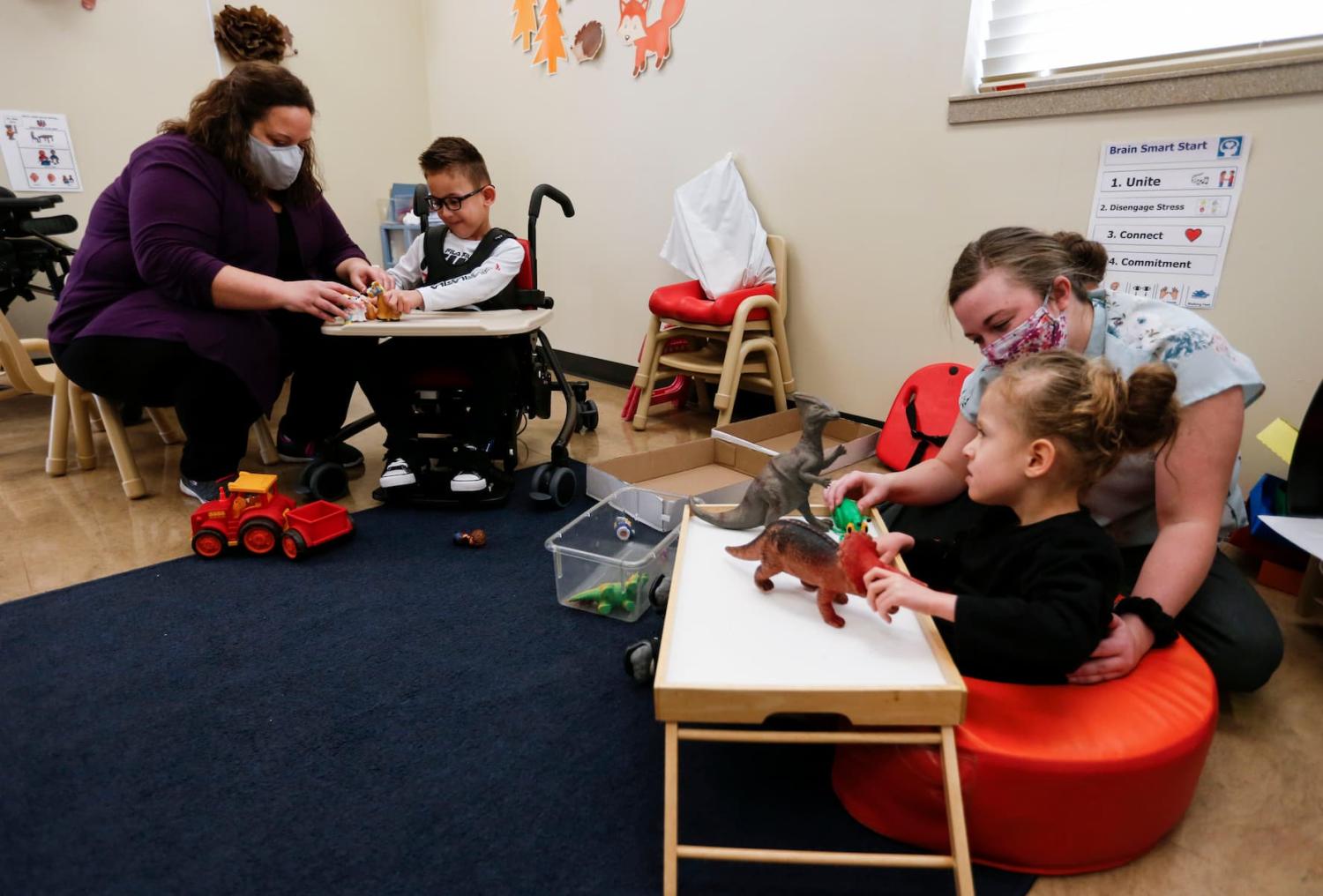
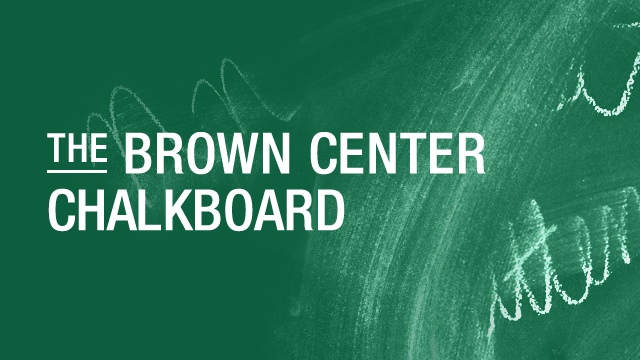
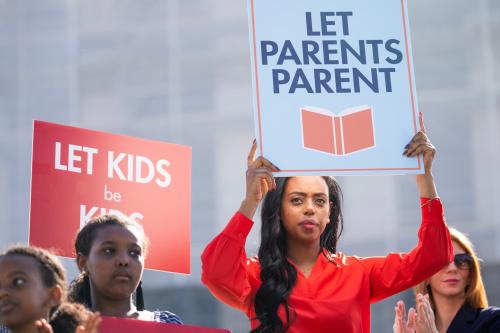
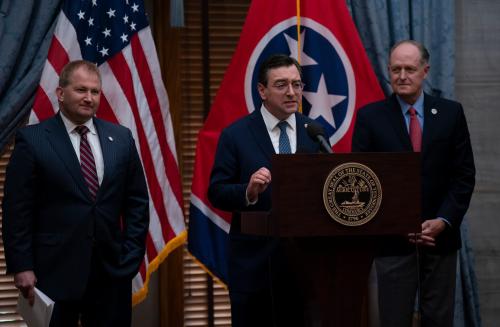

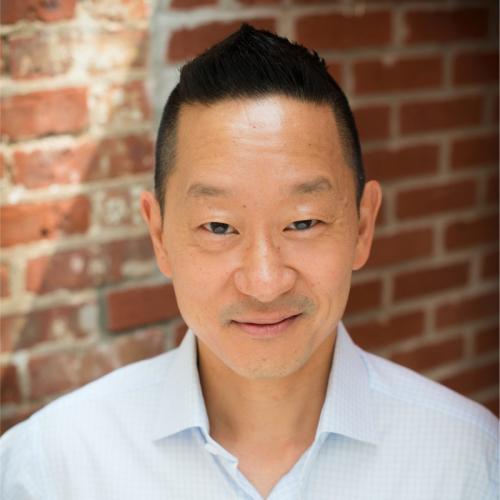
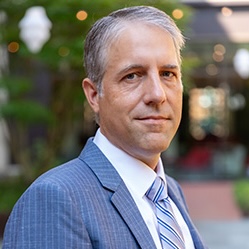

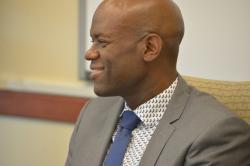




Commentary
Legal experts weigh in on the implications of the 2025 Supreme Court term for K-12 education
July 15, 2025